Guo Peng
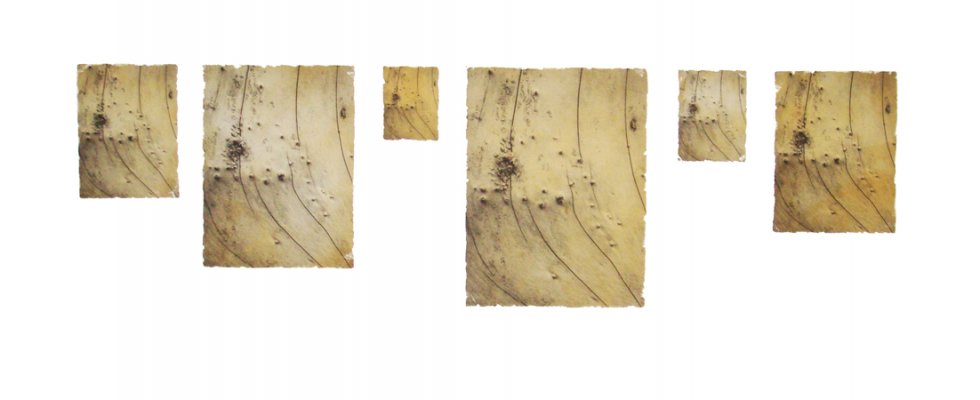
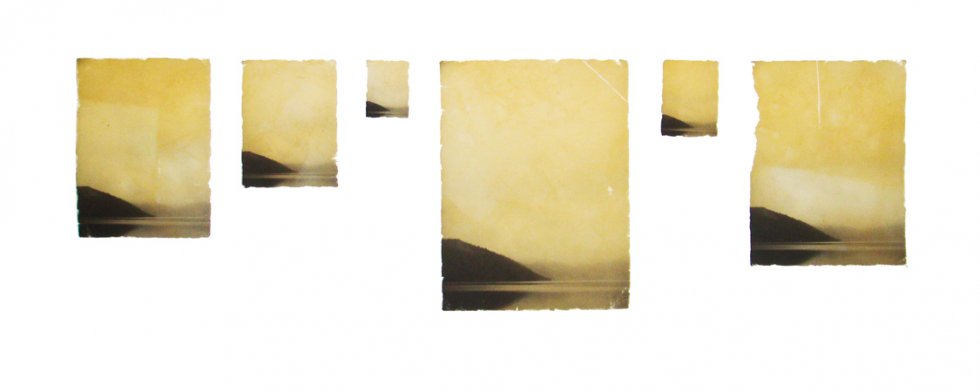
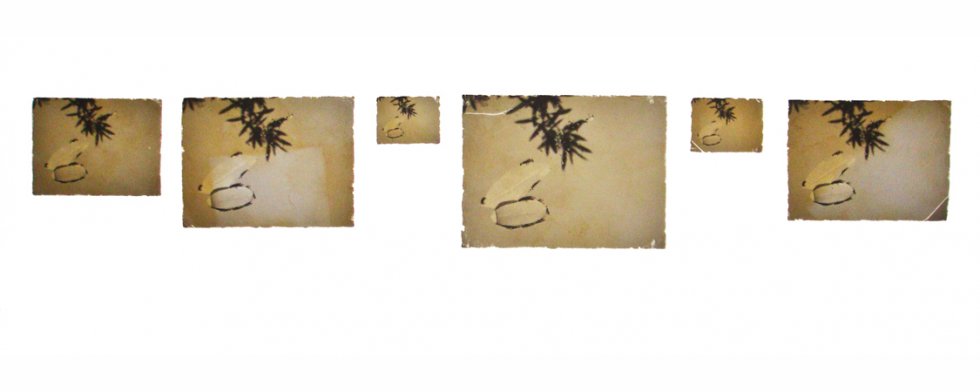
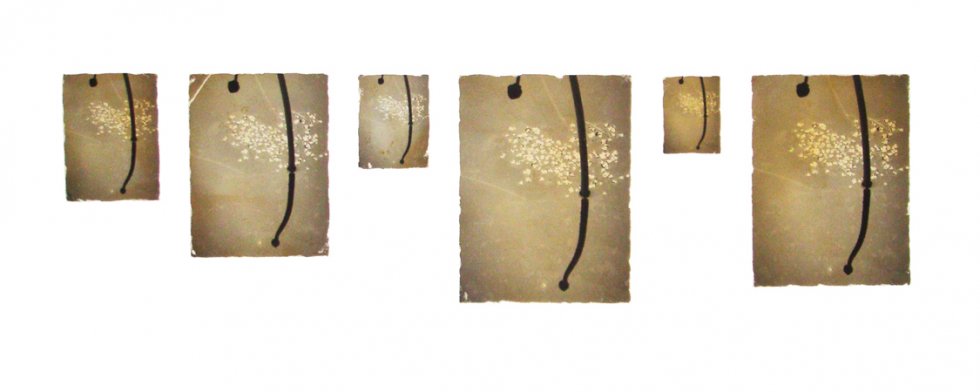
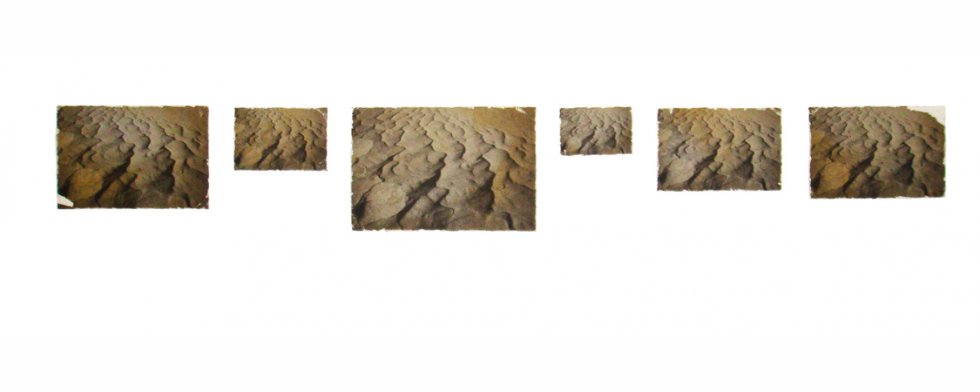
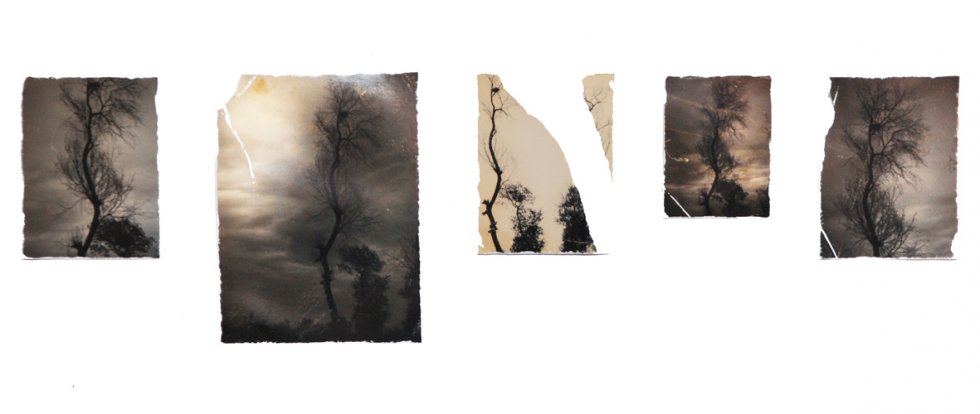
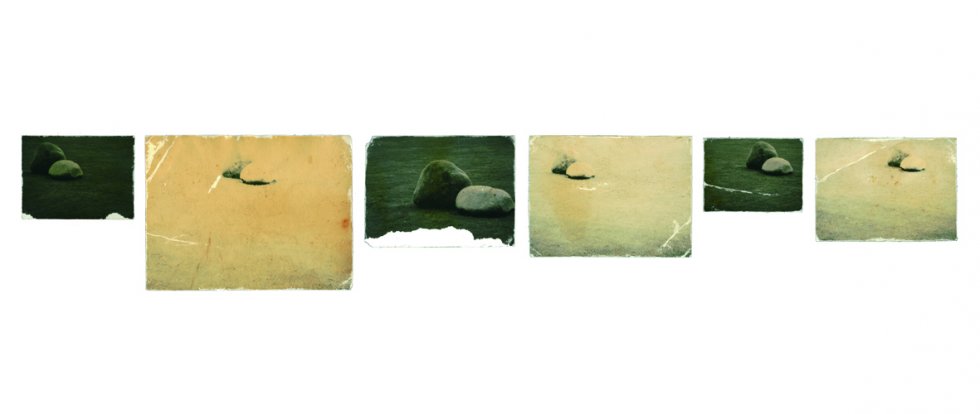
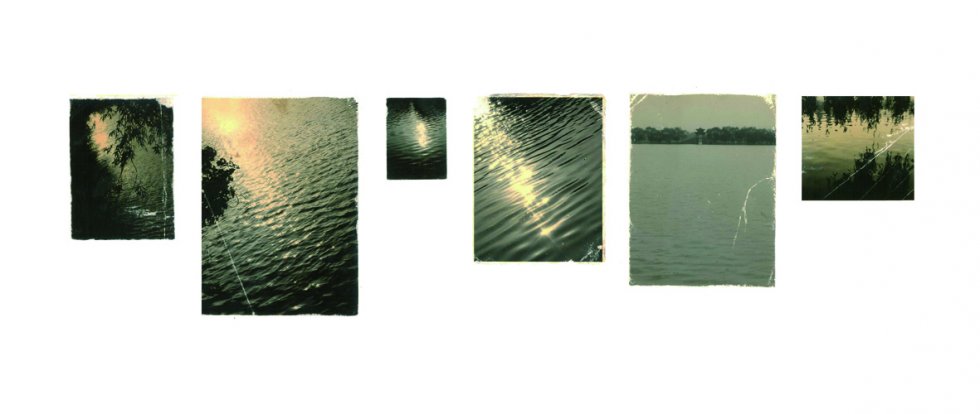
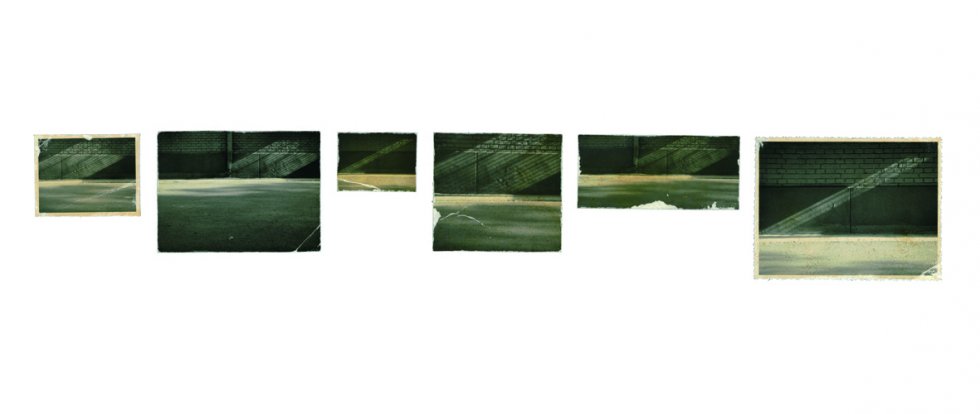
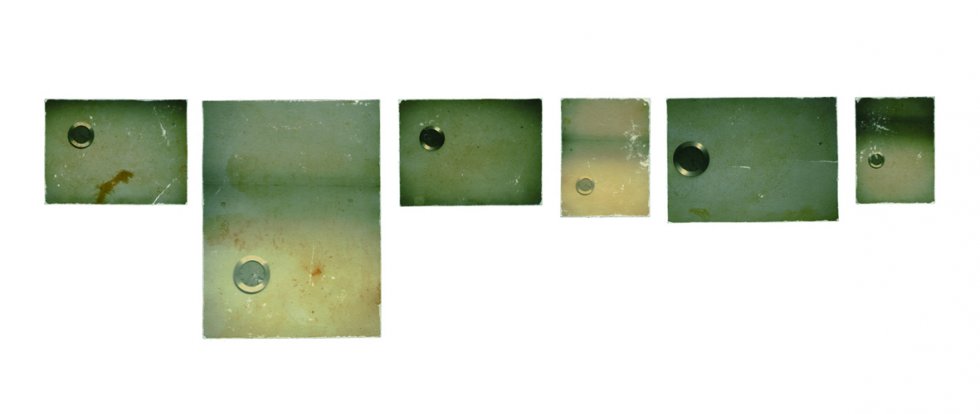
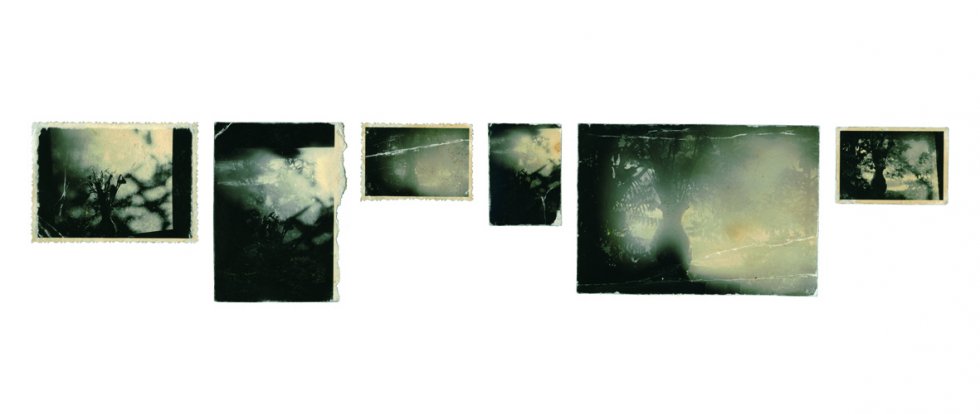
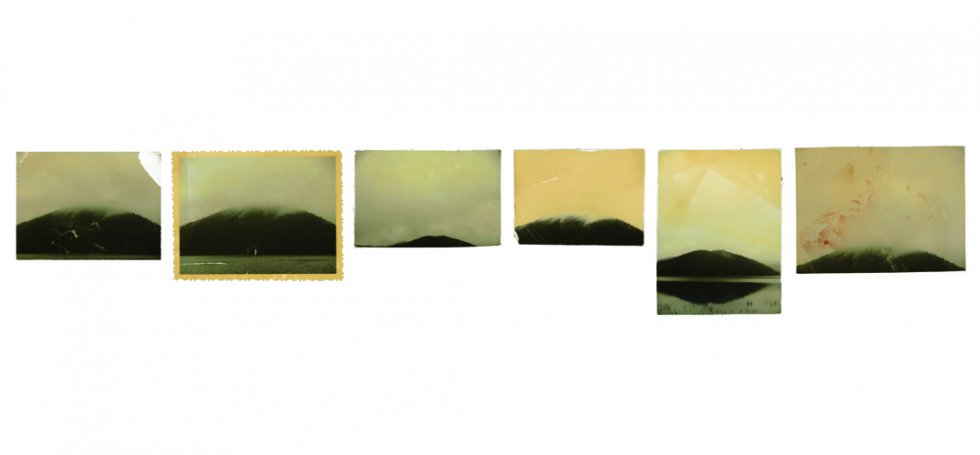
Standstills
When I think about Guo Peng I don’t consider him as a photographer, even though most of his works are photographs. I think of him as an artist. I suppose it’s because I feel his small ‘standstills’ are his self-expression rather than the representation of objects.
In a dialogue with his friend Luo Fei, Guo Peng once said that he “has learned a lot from photography” and that he “wants to express his gratitude to photography”. I wonder, might photography in this case be considered a bridge that connects Guo Peng to the outside world? A medium that links two ‘poles’ (the author and everything else) and at the same time helps to keep a distance between them? The subjects Guo Peng chooses, especially in the last years, remain still, are often small, suspended in a frozen space which, being un-definable (not as far past as it might seem, not really present either), creates a strong sense of detachment. They are poetic as well, subtly evocative, due to the way the author processes the pocket-size pieces of paper: he carries them with him on many occasions and wears them out, makes them appear aged and heavy with memories. The paper becomes pitilessly crumpled, sometimes torn, and/or tiny pieces of it are missing. The pictures seem to be survivors of long years of adventurous vicissitudes. I wonder whether the artist examines them carefully in order to take note of every new trace of abrasion, or whether he is rather careless. The sought after negligence that the author flaunts encourages the viewer to have a closer relationship with the works, to treat them with a sense of ease.
Another very unique characteristic is Guo Peng’s practice of taking several shots of a chosen subject, slightly changing the composition of the images; sometimes their form is square, other times it is rectangular, and the dimensions vary as well, creating different visual effects. The photograph might have a white border or not, often the border is trimmed… giving different possible perceptions of the same tiny aspect of so-called reality. Even more interestingly, Guo Peng does not select one single image out of the several he has taken of the ‘same’ subject, like most photographers, but rather he lines them all up, disturbing the effect one image would convey and shifting the focus from the viewed to the viewer. I believe Guo Peng wishes to stress the idea that the appearance of the outside world really depends on us. It is up to the viewer to notice single aspects of the world, then to decide the perspective, the viewpoint, the amount of surrounding space. As a viewer before being a ‘creator’, he looks at the same objects from different angles, in different moods, and conveys his subjectivity through the careful arrangement of their settings. He wants them to be part of his existence, to live in a prolonged period of time, and the ‘scars’ the photographic paper carries testify to the experiences they have been through. These images not only tell us of the existence of their subject, they even become ‘existences’ on their own, they become tangible specimens of subjective realities. Where in the past Guo Peng used to manually add color to the images – and he often employed very unnatural, garish colors – recently he has chosen another, simpler and more ‘traditional’ way to emphasize the difference between ‘reality’ and the pictures: these are left in black and white. At most, there are yellowish nuances that only contribute to the illusion of old photos. I have to say that I much prefer this sober choice, which is aesthetically more pleasant in my eyes and conveys the message in a more simple and direct way.
One single work consists of several shots, or of many different prints of the same shot. The sequence in which they are arranged on the wall differs, depending on the aesthetic consideration of the author, but the pictures must all be aligned at the top. I feel that the straight line reflects the rational side of Guo Peng’s character, his need of an orderly setting that gives him the ‘harmony’ and peace he longs for. One of the very few works I am aware of, where images are nowhere aligned, is the one entitled ‘Coming as humans, leaving as Buddhas’ (过来人 未来佛), dated 2013. In it, the rhythm of the images is more random, it gives the viewer a feeling of progressive expansion, like an explosion that, strangely, does not lose energy as it expands from the center point, but rather keeps all of its power, because the size of the images does not diminish as they move further and further from the center. The photos in different sizes represent repeatedly the sculpture of a sitting Buddha, whose head has been cut out leaving a hole, an emptiness. It seems to me that this work, together with ‘Reenactment’ (拾弃) (2013), is opening up a new development for the artist’s creation, as it looks freer. In this case and in the case of two previous works dating back to 2012, namely ‘That’s it’ (是无等等) and ‘A river’ (一条河流), Guo Peng develops further his consideration of the most suitable way to show the works in a given space. This aspect has always been important for the artist, as he likes to make his bi-dimensional works relate to the environment in a ‘site-specific’ way.
Looking at the titles Guo Peng has carefully given to each set of images, I found that there is a group of very different objects that are preceded by ‘dust’ (灰埃) [i.e. Dust-bottle 灰埃—- 瓶, Dust-mountain灰埃—- 山, Dust-water 灰埃—- 水]. While the combination of ‘dust’ with ‘bottle’ is a very realistic one, different is the case of water and mountain: it is evident that the photo has become an object itself, it is self-referential. The most relevant aspect is the mood expressed by the artist, while the chosen subject merely conveys it. The titles of other works are sometimes very ‘down to earth’, very simple [Window窗前, Grass 草, Lotus 荷, Pine 松, Fog 雾], but most of the times they are very abstract [Light光, Oneself 已, Stand 立, Time 时间, Together 同在, Past 往事, Origin 原点, Here在, Empty mountain 空山, Air 气, Nerves 神经…]; again, it is clear that the artist stresses his own very subjective point of view, suggesting the possibility of perceiving vast concepts through minute details that others may not notice or might consider prosaic expressions of the material world. The author even proclaims that he has “different feelings and responses to the photos each time he takes them out”, and that he strongly relies on his “introspective perception”.
I personally consider Guo Peng’s way of being ‘self-referential’ very different from examples I have seen of other young photographers’ works who, for instance, like to take pictures of parts of their own body, details of their living environment, of their friends, shot using a very casual, intentionally shabby photographic technique. Thinking of a debate that he and a group of elderly photographers had once in the South of China (大里), I agree with him that the most important aspect of an artwork is the subjective, unique expression it carries. But it is very important as well, I believe, to cross the border that separates the ‘self’ from ‘everything else’, and to be able to communicate with the world outside without giving up one’s uniqueness. I personally relate naturally to his works that appear somehow ‘classic’ and, I believe, manage to overcome the expression of a limited ‘temporality’: it would be difficult to tell the age, both of the works and of the author.
I know Guo Peng does not want to hear too many words of appreciation and longs for real criticism. I have to admit, however, that I consider his journey through artistic expression original, rich and true to himself, which is the most important thing in my opinion. His journey, like that of all the people who take seriously Socrates’ exhortation of ‘knowing themselves’, is a life-long one, and I am looking forward seeing the next step…
Monica Dematté
Vigolo Vattaro, August 12, 2014
Thanks to Cecilia Dougherty
![]()
| Share on: |












